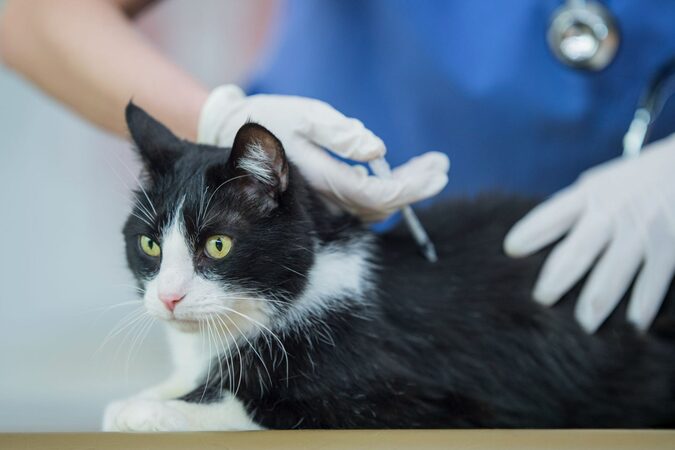
The global market for rheumatoid arthritis treatments is expected to grow at a CAGR of...
Learn More
Our consulting solutions address company specific challenges with respect to micro environment...
Learn More
Organizations frequently need day-today research guidancein order to gain strategic...
Learn More
Exploring different areas of market research and market analysis is a key factor...
Learn MoreAcute Market Reports presents the most extensive global business research services across industries. Our research studies focus on potential outcomes, benefits, and risks associated with each market segment across geographies. Having served our global clients for more than 10 years, our prime priority is to enable our clients in making well-informed business decisions through a data-driven, analytical, and uncomplicated research approach.
We provide access to the world's most comprehensive, analytical, and updated business intelligence services and solutions.




The vacuum capacitor market is expected to grow at a CAGR of 4.5 % during the forecast period of 2025 to 2033. The Vacuum Capacitor market has evolved into a pivotal component within various industries, owing to its indispensable role in high-frequen...
Read More
The bridal gowns market stands as an integral part of the wedding industry, reflecting evolving fashion trends and individual preferences. The bridal gowns market is expected to grow at a CAGR of 7.5% during the forecast period of 2025 to 2033, influ...
Read More
The companion animal vaccines market is expected to grow at a CAGR of 5.5% during the forecast period of 2025 to 2033. The companion animal vaccines market is a rapidly growing sector within the veterinary industry. Companion animal vaccines a...
Read More




